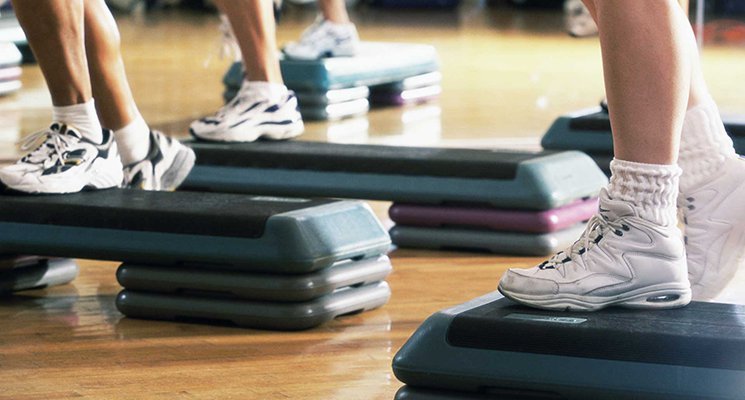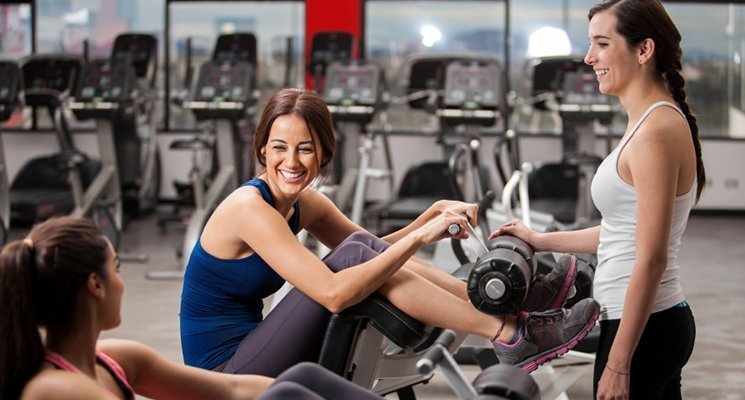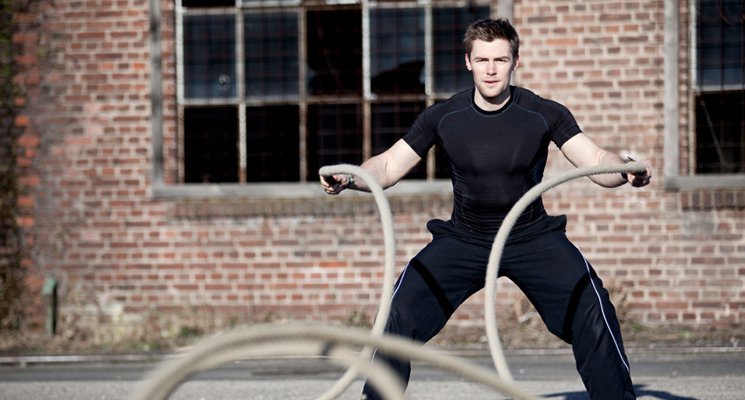Looking for an easy, inexpensive way to freshen up your club, engage members, and create a viable non-dues revenue stream? Look no further than aerobic accessories. Club Business International magazine recently ran a great little piece about the advantages of relying on accessories to boost many aspects of your club’s offerings. It even described one Toronto-based club, Fitness Nation, which relies entirely on aerobic accessories as their training model, without offering a single cardio or strength machine. “Because these products offer so much value,” Marc Lebert, the owner of the club, told Club Business International, “they give startups, small operators, and personal trainers a lot of great choices for a modest investment.”
It’s not just startups, small operators, and personal trainers that can benefit, though: Larger clubs and sports facilities also can create innovative programs, find savings, and possibly ignite new revenue by incorporating aerobic accessories. The possibilities are nearly endless—and certainly endlessly versatile. With battle ropes, bodyweight trainers, kettlebells, medicine balls, slam balls, sand bags, gloves, grips, belts, wrist wraps, and a host of other accessories a club can incorporate, there are significant options for keeping members on their toes with new class offerings. Combining accessories in novel ways can result in exciting experiences for club members — ones that keep them coming back for more and spreading the word about your creative classes.
Another bonus, the article points out, is that new accessories involve a learning curve. They require proper instruction, and because of that they help foster engagement between trainers and clients. With engagement, clients are more apt to feel attached to their place of exercise, satisfied with their experiences, and ready to push themselves further. As Lebert explained to Club Business International, “The products have to be introduced with proper instructions, or you run the risk of [them] not being used.” To encourage instructional activity, Lebert’s club offers trainers online access to programming updates and other exercise content. Consider the possibilities for your own facility if you can offer relevant online content—perhaps to trainers and members alike—to promote the use of accessories.
Finally, the article points out that these accessories can provide clubs with a fresh revenue stream. Chanin Cook, the director of marketing at Harbinger Fitness, says, “It’s been proven that utilizing accessories in club programs boosts on-site sales, and instructors and trainers can exert tremendous influence here.” If you’re not already selling accessories, it may be time to consider doing so.
The takeaway? Incorporating aerobic accessories into your programming can benefit your facility, your clients and members, and the manufacturers who are constantly devising new and exciting products. It’s a win-win-win situation.









